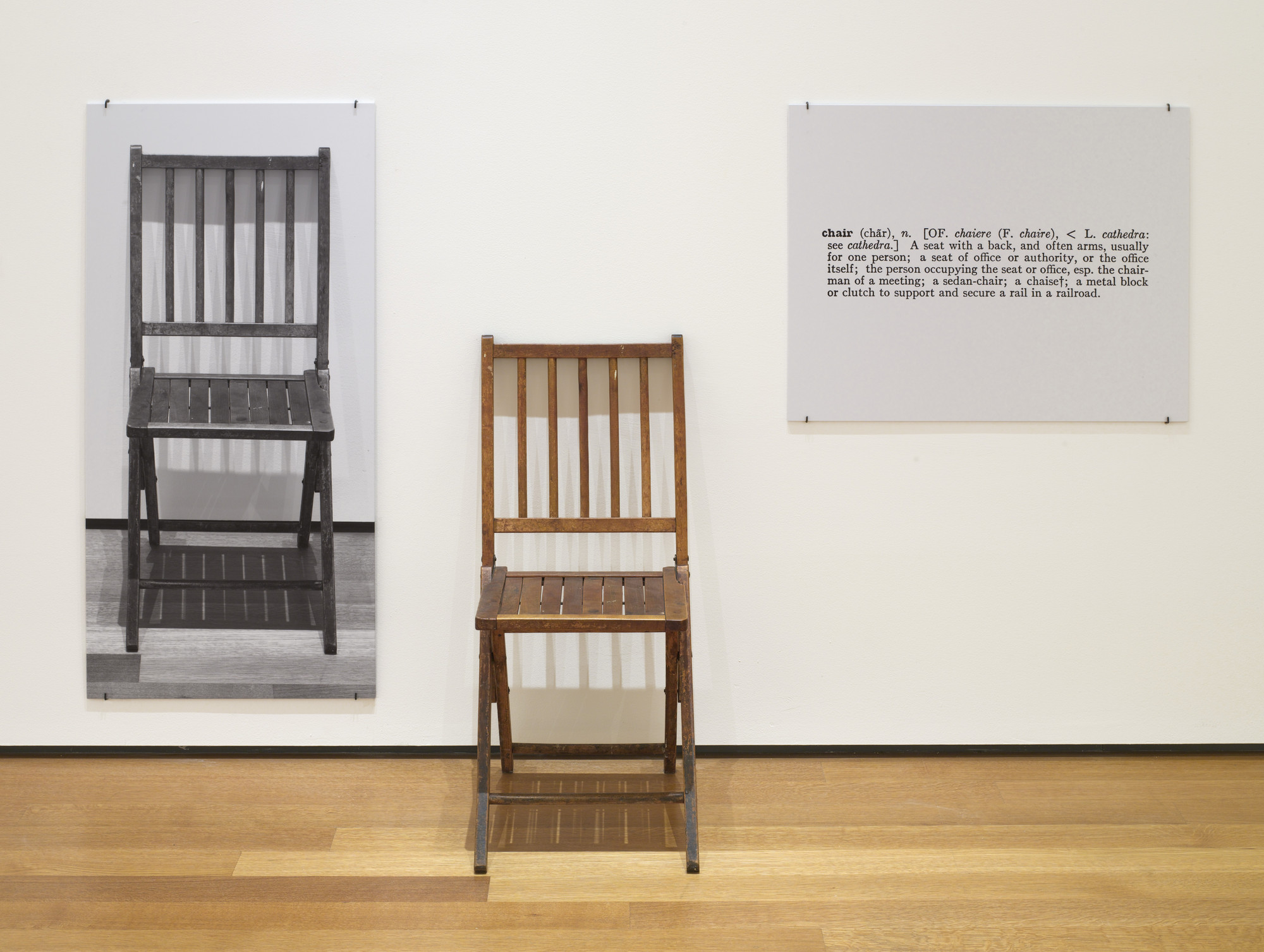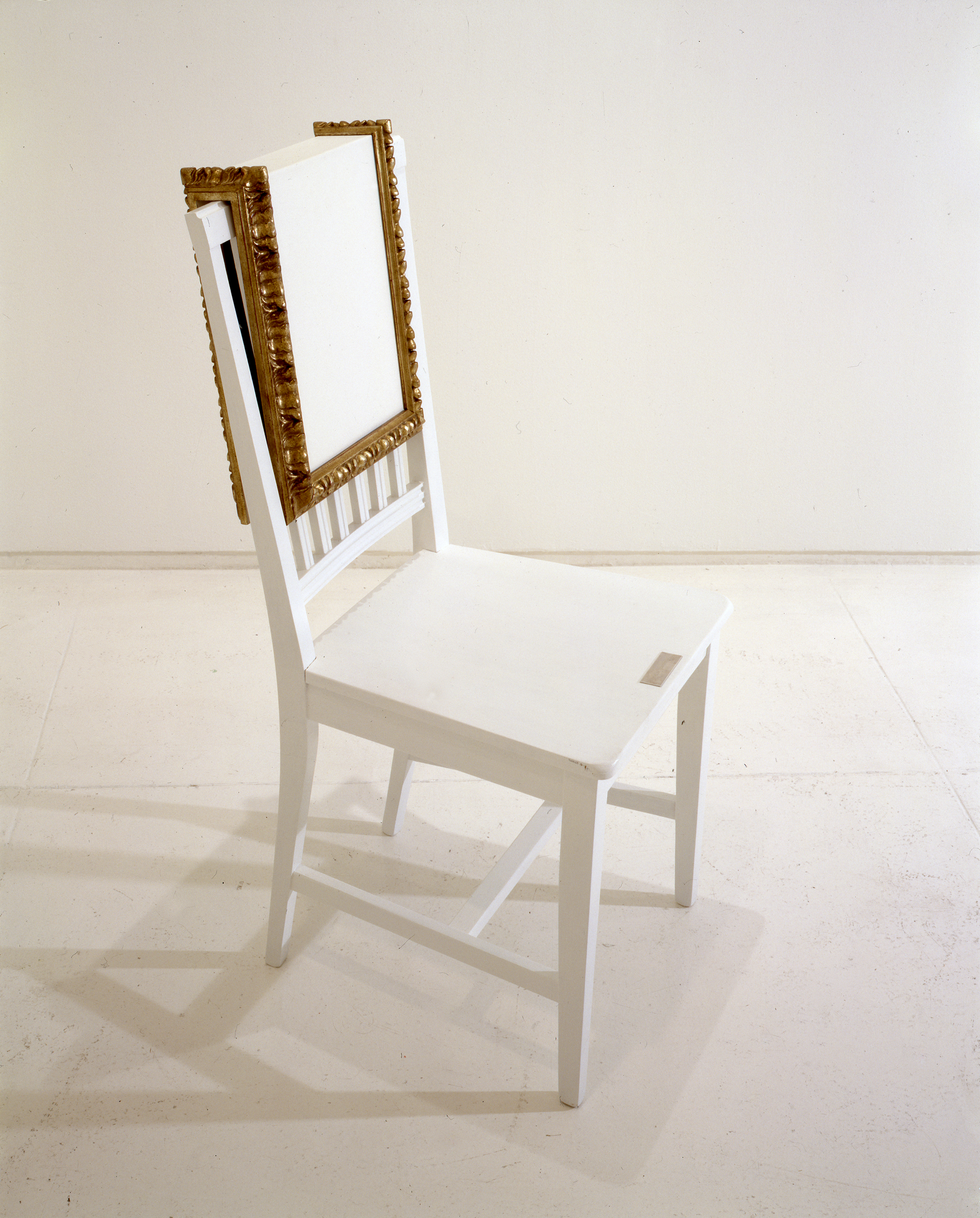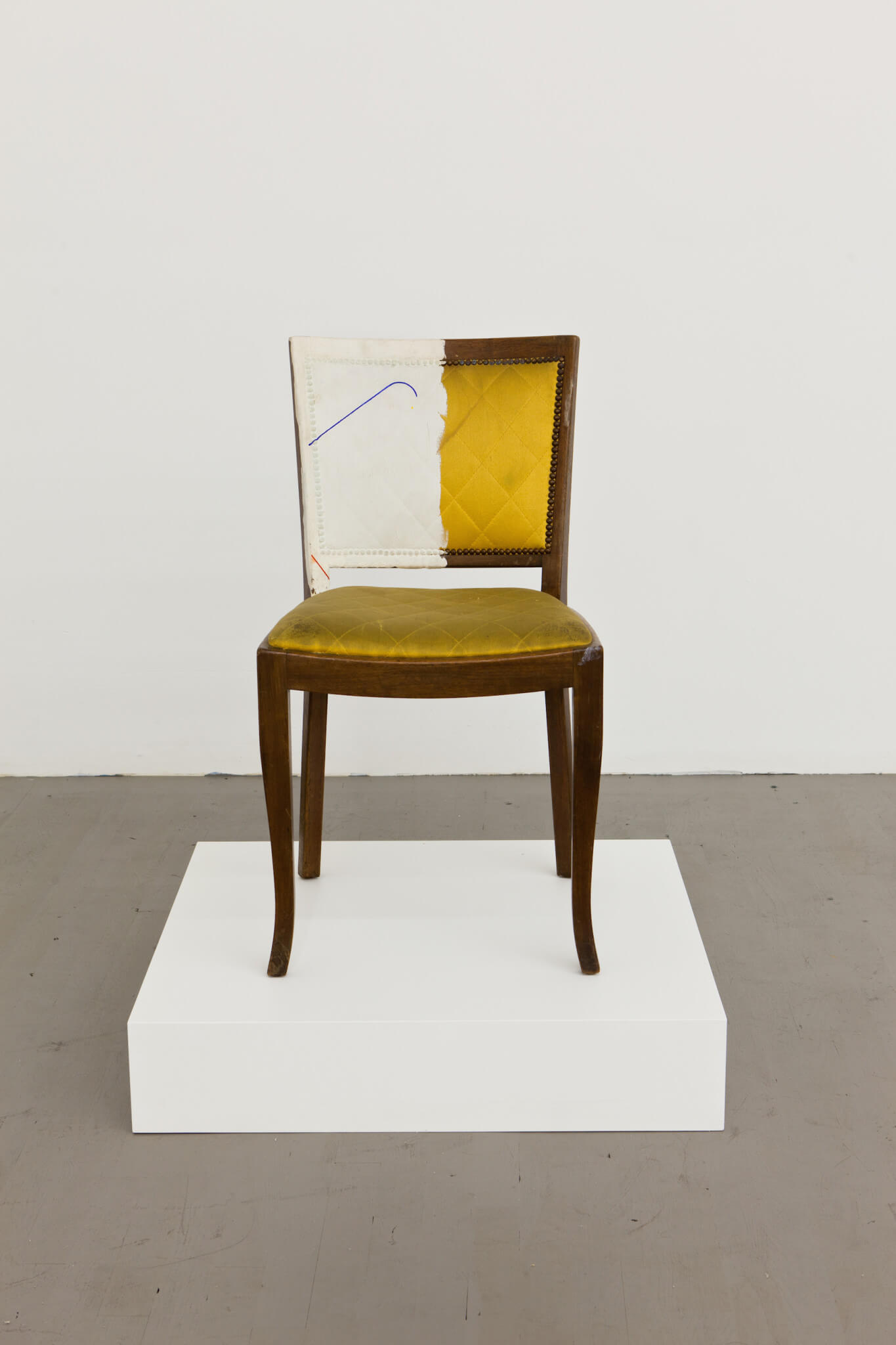The forebear of the chair as we know it today – four legs and a backrest – is the throne. For a long time, it was reserved for rulers: Pharaohs, emperors and kings. But the rise of the middle classes in late Medieval times prompted the rapid spread of seating furniture in the form of benches and stools; that said, right up until the early 19th century individual chairs with backrests remained an expression of prosperity and power.
As the chair found its way into an ever-greater number of households, this resulted in a new aesthetic way of looking at an object which, until then, had been no more than part of people’s basic household equipment. Around 1830, master carpenter Michael Thonet developed a wood-bending technique which not only helped him to achieve a breakthrough in industrial furniture manufacture, but also made him into a pioneer of furniture design. His designs were simple, could be taken apart and, most importantly, were affordable. The most successful model, the Viennese coffee-house chair, still holds the status of an icon today.
The chair becomes the cornerstone of conceptual art
When Walter Gropius founded the Bauhaus School in 1919 this heralded a new era in modern furniture design. Using the slogan that “form follows function”, art and craft were combined to create a new formal vocabulary. One well-known example is the “cantilever-based chair” made of tubular steel and marketed by the Thonet company. The authorship of this chair has remained the subject of controversy right up until the present day. The two designers attributed with having created it are Mart Stam and Marcel Breuer, both reputed Bauhaus architects. Whether we are talking about Rietveld’s red and blue chair at the beginning of the 20th century (which looks like one of Kandinsky’s paintings materialized into a real object) or more recently “Chair One” by Konstantin Grcic with a steel honeycomb-look seat shell reminiscent of a Cubist sculpture) chair design often treads a thin line between art and utility object.

Thonet, Design Marcel Breuer, Freischwinger, 1931, Image via www.thonet.de

With the advent of Conceptual Art in the 1960s, everyday objects became instilled with new meaning when removed from their original contexts and divested of their intrinsic meaning – as with the case of the chair. In 1965 Joseph Kosuth, who transformed seating furniture into the object of one of the most central works of Conceptual Art, took the chair’s materiality to task.
In his work “One and Three Chairs” viewers are confronted with an actual chair, a life-size photograph of this chair on the wall, and the printed dictionary entry for the term “chair”. In this way, Kosuth questions both the connection between the original and its image and the relationship between art and language. Yoko Ono also lent everyday objects a new meaning when she said: “Artists must not create more objects; the world is full of everything it needs.” In her “Chair Painting” (1966-71) art, in the shape of the golden frame, merges with everyday life which is symbolized by a chair.
Artists must not create more objects, the world is full of everything it needs.

Joseph Kosuth, One and Three Chairs, 1965, Image via www.moma.org
She thus shows that a work of art is defined not only by the effort that has gone into it, the relevant media or materials, but more particularly by the questions and ideas behind it, by the issues that it raises with the viewer. When Armleder first painted a gouache onto a chair (FS 1) in 1979, he was laying the foundations of his “furniture sculptures”. In subsequent years, he produced an increasing number of his abstract works, in particular geometrical paintings, not only on canvas but also on used or found furniture.
These works reflect Armleder’s concept of combining – classic art media with everyday and utility objects, overlapping symbols, and mixing different contexts, something in which the viewer is also involved.

Yoko Ono, Chair Painting, 1966-1996, Courtesy the artist und Galerie Lelong & Co., Image via cloudinary.com

Armleder combines art and everyday life, making the objects involved neither more trivial nor more important than they are but looking to do one thing above all – to question thinking patterns and accustomed ways of seeing things. In this context it is, repeatedly, chairs that are presented, either as canvases for spatially limited works of art or, as the quotations of ready-mades, unworked and sometimes, as well, in large numbers on a shelf.
Armleder questions our thought patterns by combining art and everyday life
In his current exhibition at the SCHIRN we see Arne Jacobsen’s “Egg Chair” combined with a painting to become a “furniture sculpture”. For Armleder the ménage à trois between a work, a location and a viewer represents one of the most fundamental elements of his art. It is only in this combination that the meaning of a work starts to become apparent. He is just as interested in creating something new as he is in its relationship with what already exists, i.e., everyday objects. Standing in front of the inviting “Egg Chair” at the SCHIRN, viewers cannot help but ask themselves how often somebody has already sat down in the work. Armleder would probably have had no objections.

John M Armleder, Furniture Sculpture, Image via www.swissinstitute.net